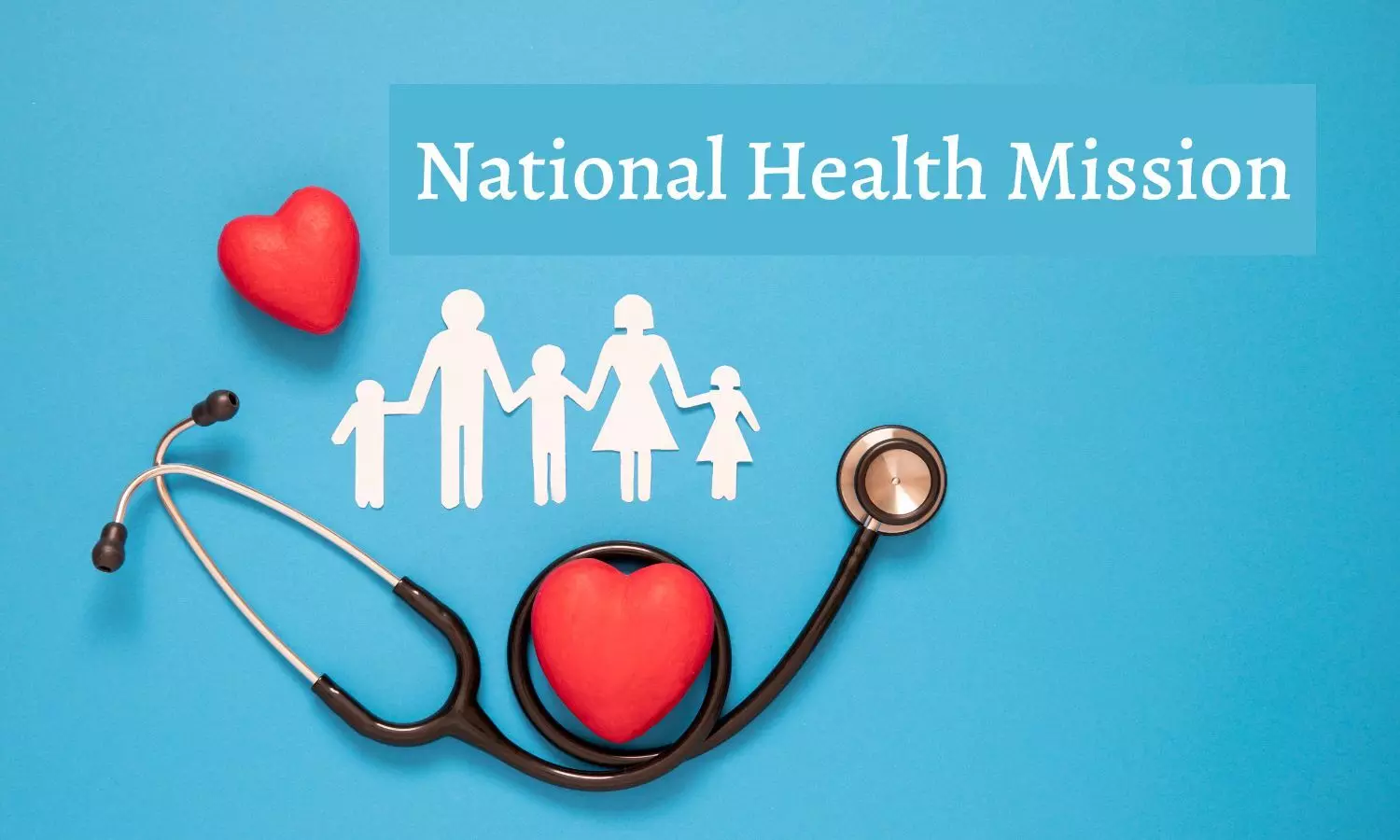NHSRC
The National Health Systems Resource Centre, a premier Think Tank for MoHFW, is mandated to assist in policy and strategy development in the provision and mobilization of technical assistance to the states and in capacity building for the Ministry of Health.









